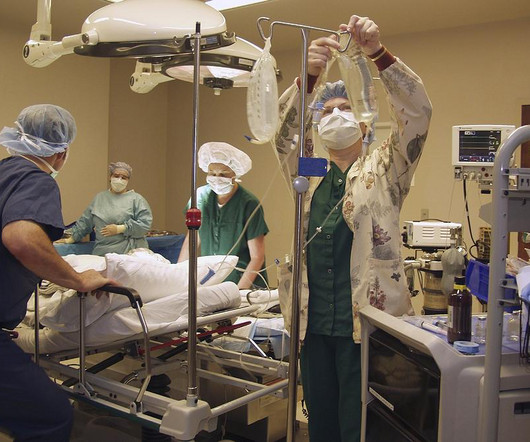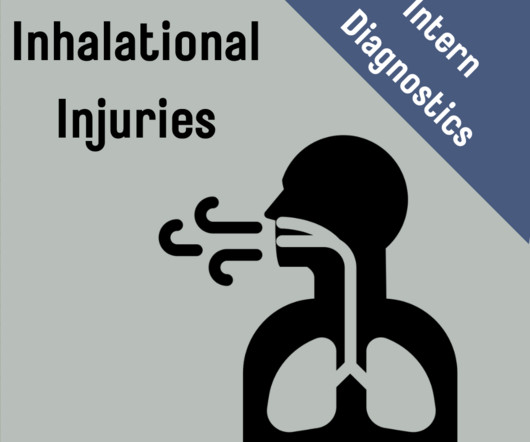Post-Tonsillectomy Hemorrhage: ReBaked Morsel
Pediatric EM Morsels
JULY 19, 2024
With that in mind, let’s review how to manage the post-tonsillectomy hemorrhage in children : Post-Tonsillectomy Hemorrhage : Management General Preparation Call for help… no time for your pride to get in the way! Get a hold of ENT early as OR management and/or admission are common. Well… sometimes it starts again.


























Let's personalize your content